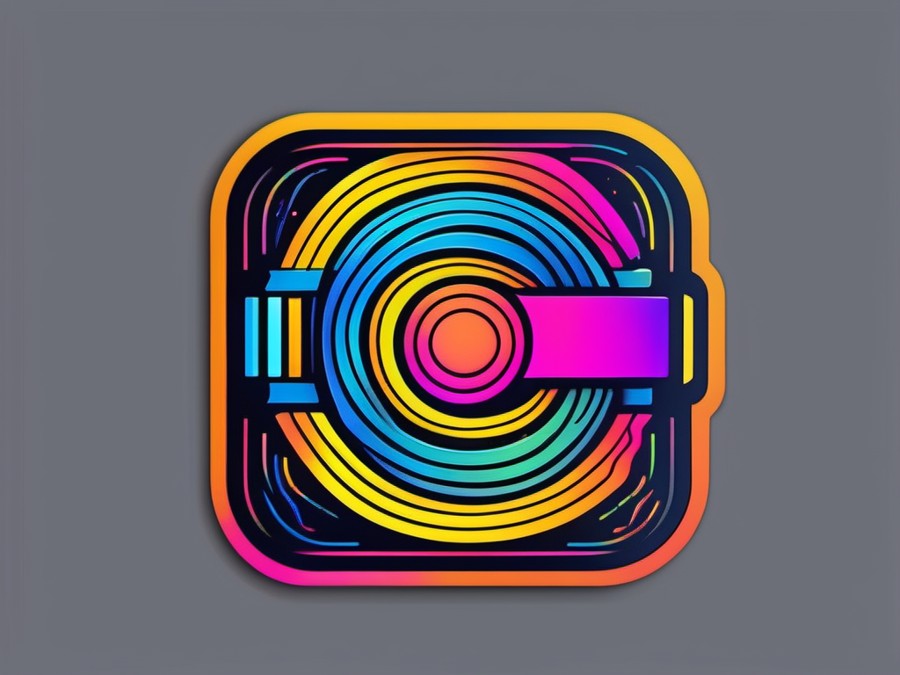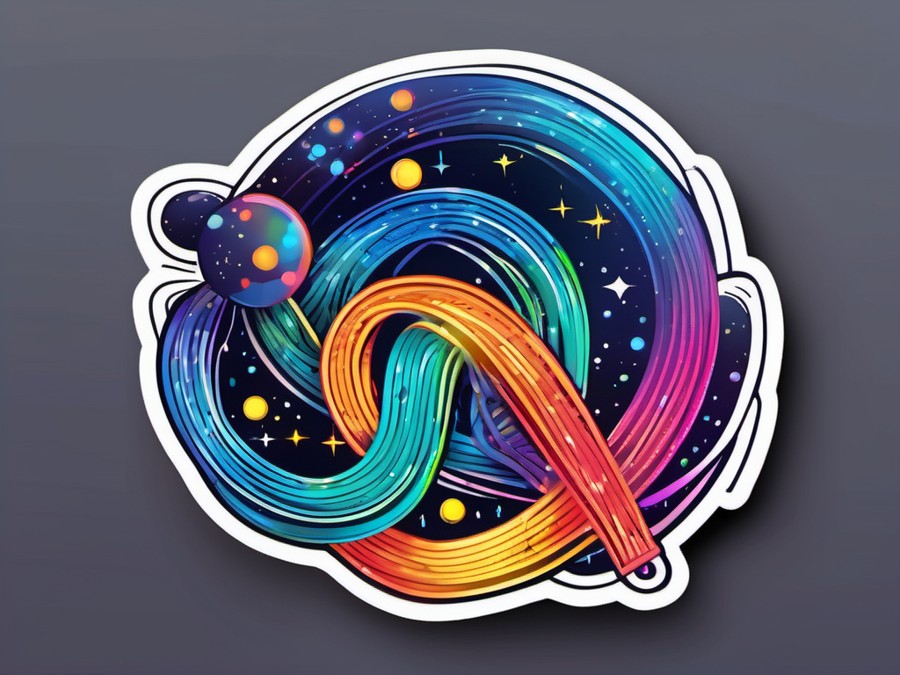· Charlotte Will · Cables · 7 min read
What is a Lightning Cable and Why Do You Need It?
Discover the essentials of Lightning cables, including their features, benefits, and why you need one for optimal charging and data transfer of your Apple devices.

Have you ever wondered what makes those sleek cables that come with your iPhone so special? Enter the Lightning cable, a game-changer in the world of charging and data transfer. But what exactly is it, and why do you need one? Let’s dive in!
Understanding the Basics of a Lightning Cable
What is a Lightning Cable?
A Lightning cable is a proprietary connector developed by Apple, designed to replace the older 30-pin dock connector. Introduced with the iPhone 5 in 2012, it’s a compact, reversible connector that makes charging and data transfer an absolute breeze. The Lightning cable is not only smaller but also more efficient than its predecessors.
How Does a Lightning Cable Work?
The Lightning cable uses an eight-signal design, which includes power and ground lines as well as data transfer channels. This clever design allows for fast charging and high-speed data syncing between your Apple devices and computers. The reversible nature of the connector means you never have to worry about which way is up—a simple yet highly useful feature.
The Evolution of Lightning Cables
From USB to Lightning
Before the Lightning cable, Apple users were familiar with the 30-pin dock connector. While this older connector served its purpose, it was bulkier and less efficient compared to the Lightning cable. The transition to Lightning allowed for thinner devices and more streamlined design aesthetics that Apple is known for.
Advancements in Lightning Cable Technology
Since its introduction, the Lightning cable has undergone several improvements. One notable advancement is the integration of MFi (Made for iPhone/iPod/iPad) certification. This ensures that third-party cables meet Apple’s performance standards, providing a reliable and safe charging experience.
Why You Need a Lightning Cable
Seamless Charging for Apple Devices
The biggest advantage of a Lightning cable is the fast and efficient charging it provides for your Apple devices. Whether you’re topping up your iPhone, iPad, or AirPods, the Lightning cable delivers power swiftly and reliably. No more sitting by the wall socket, waiting for your devices to charge—with a Lightning cable, you’re back in action quickly.
High-Speed Data Transfer
In addition to charging, the Lightning cable facilitates high-speed data transfer. This is particularly useful when you need to sync your photos, videos, or other files from your iPhone to your computer. The cable supports data transfer rates that are significantly faster than older connectors, making the process quick and hassle-free.
Compatibility of Lightning Cables
Devices Compatible with Lightning Cables
Lightning cables are compatible with a wide range of Apple devices, including:
- iPhones (from the iPhone 5 onwards)
- iPads
- iPods
- AirPods and other Apple accessories
Using a Lightning cable ensures that you’re getting the best possible performance and compatibility with your Apple devices.
Can You Use Lightning Cables with Non-Apple Devices?
While the primary use of a Lightning cable is for Apple devices, there are adaptors available that allow you to connect other types of devices. For instance, a Lightning-to-USB adapter can be used to charge non-Apple devices with a USB port. However, the main benefits of fast charging and high-speed data transfer are limited to Apple devices.
Choosing the Right Lightning Cable
Factors to Consider When Buying a Lightning Cable
When shopping for a Lightning cable, consider these key factors:
- Length: Choose a length that suits your needs. Shorter cables are great for travel, while longer ones offer more flexibility at home or in the office.
- Material: Opt for cables made from durable, high-quality materials to ensure longevity.
- Durability: Look for cables with reinforced connectors and strain relief to prevent fraying and breakage.
The Importance of MFi Certification
MFi certification is crucial when choosing a Lightning cable. This certification ensures that the cable has been tested and approved by Apple, guaranteeing compatibility and performance standards. Using an MFi-certified cable reduces the risk of damage to your devices and optimizes charging speeds.
Common Issues with Lightning Cables
Problems with Cheap or Low-Quality Cables
Cheaper Lightning cables often come with several drawbacks. They may have inferior build quality, leading to issues like fraying and cable breakage. Additionally, they might not charge as quickly or efficiently as higher-quality cables. To avoid these problems, invest in a reliable, MFi-certified Lightning cable.
Preventing Common Issues with Lightning Cables
To keep your Lightning cable in top condition, follow these tips:
- Store the cable properly to prevent tangling and damage.
- Avoid wrapping the cable too tightly, which can cause internal wire breakage over time.
- Use cable organizers or sleeves to protect the cable during travel What is a Cable Sleeve and Why Do You Need One?.
Lightning Cables vs USB Type-C Cables
Key Differences Between Lightning and USB Type-C
While both cables serve similar functions, they have some key differences:
- Design: The Lightning cable is proprietary to Apple, while USB Type-C is more universal and used across various devices.
- Connection: Lightning cables connect to Apple products, while USB Type-C is used for a wider range of devices, including computers, tablets, and even some Android phones What is a Type-C Cable and Why Do You Need One?.
- Data Transfer: Both offer high-speed data transfer, but the Lightning cable is optimized for Apple devices.
When to Use Each Type of Cable
Use a Lightning cable for charging and syncing your Apple devices. If you need to connect non-Apple devices or require a more universal cable, USB Type-C is the better choice. For instance, if you have a USB Type-C laptop and want to charge your iPhone, you might need an adapter What is a USB Hub and Why Do You Need One?.
Real-World Applications and Uses
Everyday Use Cases for Lightning Cables
Lightning cables are tremendously useful in everyday scenarios:
- Fast Charging: Top up your iPhone battery quickly while on the go.
- Data Syncing: Transfer photos, videos, and other files between your iPhone and computer.
- Accessory Charging: Power up your AirPods or other Apple accessories.
Professional Use of Lightning Cables
Lightning cables also have professional applications:
- Photography: Use a Lightning cable to transfer photos from your iPhone to a computer for editing.
- Music Production: Sync your music library between your Mac and iPhone easily.
Maintaining Your Lightning Cable
Prolonging the Lifespan of Your Lightning Cable
To ensure your Lightning cable lasts a long time:
- Avoid Exposure to Extreme Temperatures: Keep the cable away from direct sunlight or cold environments.
- Regularly Inspect for Damage: Check the cable for any signs of wear or fraying.
- Keep it Clean: Wipe the cable with a soft, damp cloth to remove any dirt or debris.
Troubleshooting Common Issues
If your Lightning cable stops working, try these troubleshooting steps:
- Check Connections: Ensure both ends of the cable are securely connected.
- Inspect for Damage: Look for any physical damage to the cable or connectors.
- Try a Different Outlet: If using a wall adapter, try plugging it into a different outlet to rule out power issues.
The Future of Lightning Cables
Emerging Technologies and Trends
The future looks bright for Lightning cables:
- Wireless Charging: While wireless charging is gaining traction, Lightning cables remain essential for data transfer.
- Advanced Materials: New materials could make cables more durable and resistant to damage.
- Integrated Features: We might see cables with built-in features like LED indicators or additional ports.
The Role of Lightning Cables in the Future
Despite advancements in wireless technology, Lightning cables will continue to play a crucial role. They provide fast, reliable charging and data transfer for Apple devices, making them an indispensable accessory.
Conclusion
A Lightning cable is more than just a charging accessory—it’s a vital tool for Apple device users. From fast charging to high-speed data syncing, the benefits are numerous. By opting for a reliable, MFi-certified Lightning cable and taking good care of it, you can ensure a seamless and efficient experience with your Apple devices.
FAQs
Q1: Are all Lightning cables the same?
A: No, they vary in quality and features. Look for MFi certification to ensure compatibility and performance.
Q2: Can I use a Lightning cable to charge my Android device?
A: Generally, no. Lightning cables are designed for Apple devices. However, adaptors can be used to connect some non-Apple devices.
Q3: What should I do if my Lightning cable stops working?
A: First, check the connections and inspect for physical damage. If it still doesn’t work, you might need to replace the cable.
Q4: Are there any safety concerns with using Lightning cables?
A: The main concern is using low-quality, non-MFi-certified cables which can pose a risk of overheating or damaging your device. Stick with certified cables for safety.
Q5: How do I know if a Lightning cable is genuine?
A: Look for the “Certified by Apple” label and the MFi logo on the packaging or the cable itself. Genuine cables will also perform more reliably and last longer.
For further insight into related topics, check out:




